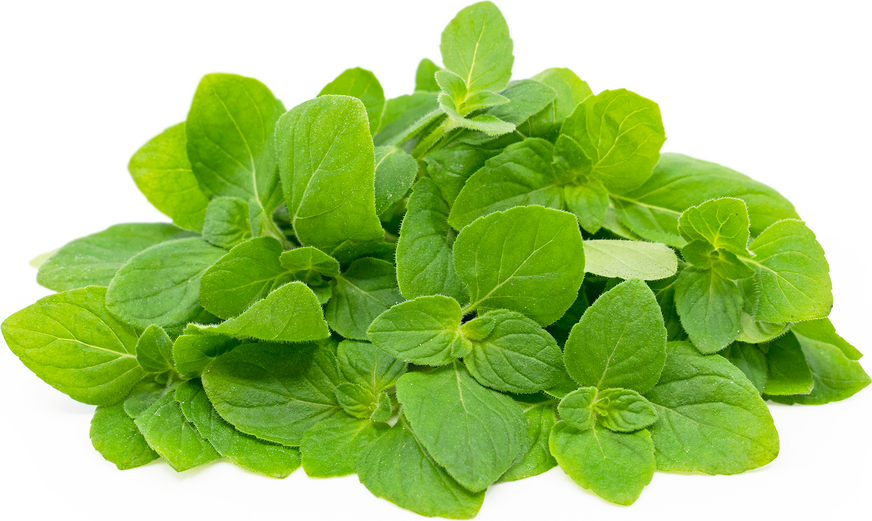


Lavender Mint
Estimated Inventory, lb : 0
| Fresh Origins | Homepage |
Description/Taste
Lavender mint is a leafy herb that has small, spear-shaped leaves with subtly serrated edges. Young leaves are rounded at the tips. Like other piperitas species, Lavender mint has purplish-red stems that stand out against the green leaves. The leaves grow in opposing pairs at different intervals along the long, indeterminate stems. Mature grey-green leaves are accented with dark veins, purple margins and purple-hued undersides. The plant can reach up to 60 centimeters tall and spreads easily like other mints. It produces small, delicate purple flowers in the late summer and fall. The leaves and flowers offer a strong lavender aroma with hints of mint and floral overtones.
Seasons/Availability
Lavender mint is available in the late spring and through the fall months.
Current Facts
Lavender mint is botanically classified as Mentha piperita and is one of the many peppermint varieties that resulted from a natural cross between Mentha spicata (spearmint) and M. aquatica (watermint). This variety is preferred by chefs due to its aromatic qualities. It is also a favorite of home gardeners and landscapers because it is easy to grow, produces pretty purple blooms, and attracts bees and butterflies.
Nutritional Value
Lavender mint is a good source of vitamins A and C, dietary fiber, and folate, as well as B-complex vitamins. It contains small amounts of the minerals calcium, iron, copper, magnesium, and manganese. Volatile oils in Lavender mint have demonstrated antioxidant, anti-bacterial and analgesic properties.
Applications
Lavender mint is most often used dried though it can be used fresh for cooking, baking or as a garnish. A few sprigs are all that is required because of the intensity of its aroma. Fresh or dried leaves can be used for tea. Use fresh Lavender mint for a twist on the traditional mojito or in other beverages. Put whole or chopped leaves in fruit or green salads. Add Lavender mint to recipes using lavender to increase the aroma and flavor in baked goods, ice creams or other milk-based desserts. Pair with a spearmint or peppermint to enhance the minty flavors in a dish. Use Lavender mint in savory dishes alongside poultry, lamb or vegetables. Store unwashed Lavender mint loosely wrapped in the refrigerator for up to 5 days. Dried herbs will keep for up to 6 months when stored in an airtight container.
Ethnic/Cultural Info
Lavender mint is often dried and used in potpourris satchels and soaps. It is also a key ingredient in several personal care products like shampoos, creams, and lip balms. It was traditionally used in bouquets and wreaths because of its heavily perfumed aroma.
Geography/History
Lavender mint is native to Europe, where it is still cultivated. It can be grown in almost all regions of the world but is not as well-known or widespread as its parent, peppermint. The exact date and place of origin for Lavender mint is unknown, though it has been known to gardeners and chefs for decades. It grows best in temperate climates and areas without drought or extreme heat. Lavender mint is most likely spotted in home gardens and through small farms at farmer’s markets and specialty stores.
Podcast




 Learn More...
Learn More...
